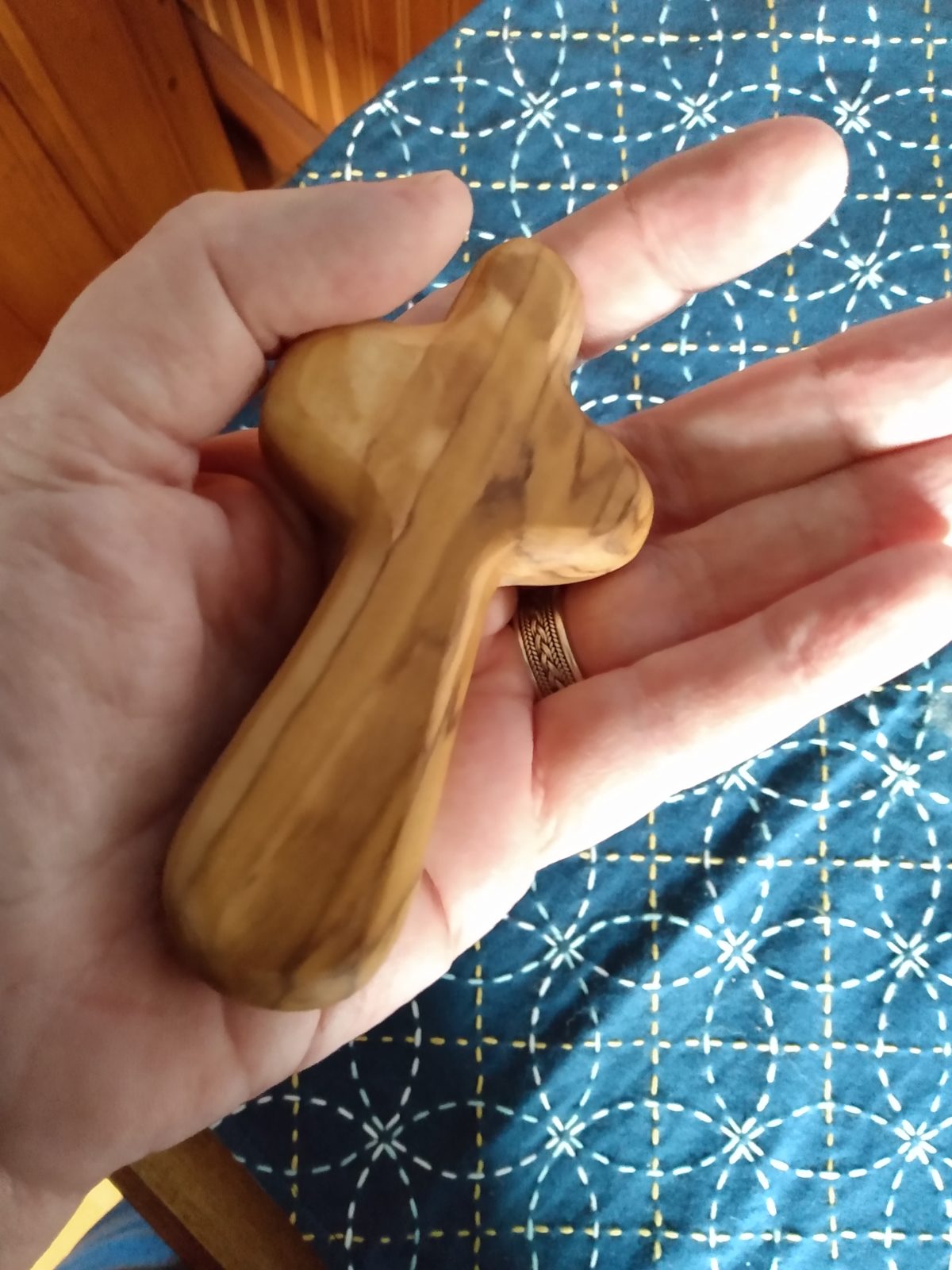By the Rev. Frances Drolet-Smith,
Diocesan Representative, the Anglican Fellowship of Prayer.

Since the initial presumptive cases of Covid-19 were first cited in Nova Scotia on March 15, many of us have been on high alert for news, advice – and signs of hope. Anxiety levels have increased and the learning curve has steepened as we navigate – and even worship – in our new technological reality. And we’re getting pretty good at it; we’ll all be Zoom aficionados and YouTube stars when we’re allowed out to play again!
The pandemic has spawned a whole glossary of words, phrases and #hashtags (see below for examples).
Covid-19 Glossary:
“self-isolating”
“social distancing”
“Zoom-dread”
“Quarantunes” (playlist for those self-isolating)
“having the morbs” (short for “morbid” – feeling depressed)
#coronatimes
#GroundHogDay
#staytheblazeshome
But the most descriptive new word in my vocabulary is “doomscrolling.” If you own a cell phone, you’ve likely been doing it without even noticing. It’s defined as “the act of mindlessly consuming an endless stream of unsettling, unnerving, maddening, or otherwise terrible news on an electronic device.” And yes, I’ve been doing it. They say knowledge is power and yet this current crisis has left us feeling powerless. While it is prudent to be informed, overloading ourselves with depressing statistics, endless conspiracy theories or baseless rhetoric doesn’t help. Sheltering-in-place affects many of our usual activities, routines and livelihoods. The main psychological impact to date is elevated rates of stress or anxiety, manifested in rising levels of loneliness, depression, domestic or sexual abuse, harmful alcohol and drug use, or suicidal behaviour. Physical distancing from loved ones, work mates, and our worshipping community has challenged us to find innovative ways to connect. All of this change may also have changed the way we pray.
There have been times in my life that I’ve had no words to pray and in those desert times, I’ve come to rely on prayer aids such as a rosary, prayer rope, or labyrinth and because this has become “one of those times” I’ve recently found using a holding cross offers the solace I am seeking.
A holding cross, sometimes called a comfort cross, is an asymmetrical cross that is made to fit ergonomically into the palm of your hand. The leaflet that came with mine says it beautifully, “A holding cross is designed not so much to look right as to feel right.” Although the origin of the holding cross tradition is not known, it is believed to date back to the early Church.
Holding crosses can be made out of many kinds of wood, but most often they are made of the prunings of olive wood trees around Bethlehem. Olive trees have dotted the landscape for several millennia, growing in both terraced groves and along the hilltops. Olive oil has long been used for cooking and in healing rites. Since olive trees are protected in Israel and cannot be cut down, olive wood artefacts can only be made from the trees’ prunings. The created items don’t require much care since olive oil naturally protects them from deterioration. The wood is sawn, planed, and then shaped and smoothed, illustrating beautifully the way God shapes our lives. Over time, a holding cross develops its own patina from frequent handling. No two crosses ever look the same; variations in the wood grain and the amount of prayerful use they’re given makes each one unique.
Holding crosses feel good in the palm of the hand. Sturdy. Familiar, like a trusted friend. They can be especially comforting to those ill at home or in hospital, those in rehabilitation or hospice care. They can also be useful to someone struggling to hold on to their faith, their confidence, their sanity. A holding cross can become the best way to pray for someone who is too ill, too weary to use words from a prayer book. With regular use, they can become a prayer companion.
Through touch, a holding cross can help you to express your love for Christ and your need for him. You may feel moved to say a familiar Psalm, or the Lord’s Prayer, or the Jesus prayer. But words aren’t even required. Designed to be held, the act of holding one can itself be prayer, an act of quiet meditation.
As a prayer aid, the holding cross can become a tangible reminder of what God has done for us in Jesus Christ – something for us to hold on to, a sign that God holds on to us. A whole lot more life-giving than doomscrolling!


